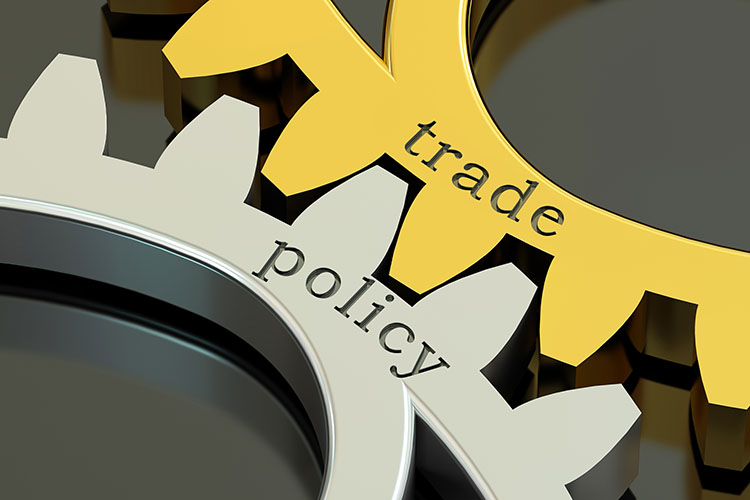Small Businesses and Tariffs: Owners are Preparing for Potential Tariffs Under Incoming President Trump

With less than 45 days until Donald Trump’s inauguration as the 47th President, small businesses are beginning to feel the impact of the incoming administration’s proposed changes in trade policy. In response to Trump’s decision to double down on tariffs—an additional 10% against China, and 25% on both Mexico and Canada—many businesses are looking to increase year-end orders and warehouse space to build up inventory before new tariffs kick in. As many of the 33 million small businesses in the United States take steps to prepare for potential changes, business owners are already managing a difficult landscape. While small business confidence is growing, as reported by BizBuySell’s Insight Report, owners also report challenges in the current economic climate. In the Q3 2024 report, nearly 80% of small business owners report higher costs compared to last year, with 59% noting inflation pressures are not easing. As potential new trade policies loom, understanding their impact is not only about what’s to come with the new administration but also the current business and economic landscape Main Street businesses find themselves in.
Rising Costs on Main Street
"Price increase rates are coming down but that can't be confused with prices coming down," notes one business owner. "COGs are still up significantly over the last 4 years, meaning we need to pass price increases on to customers to maintain margins." This reality is reflected in BizBuySell’s latest Insight Report survey data, where 29% of businesses rank increased cost of goods as their most significant challenge, followed by rising overhead costs at 23%.
Business owners paint a stark picture of multiple cost pressures. "COGS are up 22%, rents are up 33%, labor is up 12%, utilities are up 14%," reports one owner, while another adds, "Insurance has doubled." These compounding pressures make businesses particularly vulnerable to any policy changes affecting import costs.
The timing of potential tariffs overlaps with a challenging recovery from high inflation and supply chain issues coming out of the COVID-19 recovery. Early 2024 saw 46.63% of businesses reporting improved supply chains, a decrease from the 50% reported in mid-2023. One manufacturing business owner notes, "Our component costs just keep going up. Not a single item we need for manufacturing, marketing, shipping, etc. has decreased in price” suggesting ongoing vulnerabilities in the system that could be exacerbated by new trade policies.
How Businesses Are Preparing for Tariffs
As small businesses prepare for potential trade policy changes, business owners report several strategic approaches they’re taking:
- Supply Chain Diversification: Some survey respondents report success with selective purchasing and multiple supplier relationships. "With improvements in logistics and transportation, I'm noticing fewer delays and more consistent availability of goods," one owner notes.
- Inventory Management: Given that nearly 30% rank cost of goods as their primary challenge, businesses are considering adjusting inventory strategies before any trade policy changes take effect. Several respondents mention increasing warehouse space and year-end orders in preparation.
- Financial Planning: With 78.61% already reporting higher costs, businesses need to carefully evaluate their pricing power and customer tolerance for any additional increases. Building cash reserves is increasingly important, as several survey respondents emphasize the need for financial buffers.
Looking Ahead
Business owners are watching with interest what will happen with proposed new trade policies. As one business owner shares, "While inflation is generally stabilizing, some price pressures may persist depending on the type of goods or services." Understanding these dynamics will be important as businesses prepare for potential trade policy changes while managing existing cost pressures.
Despite these challenges, small businesses remain resilient and nimble. Many are looking to take proactive steps to better position themselves for the changes ahead while maintaining their competitive edge in an evolving market.
